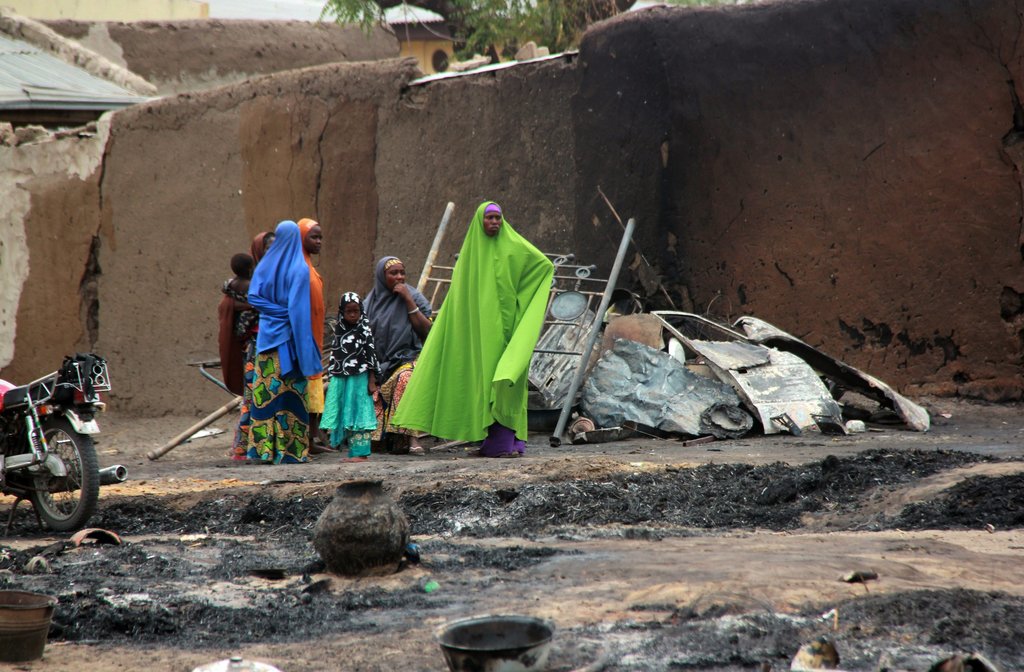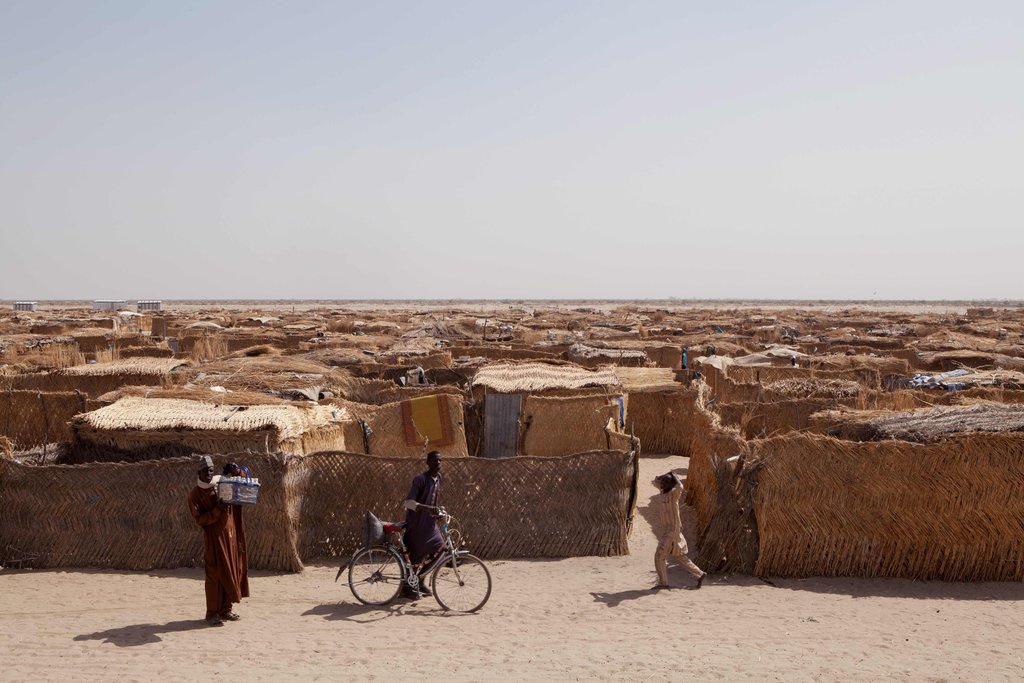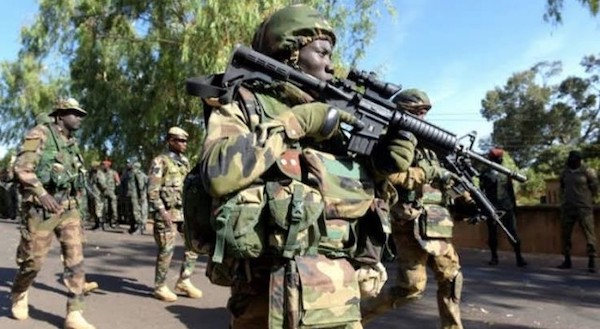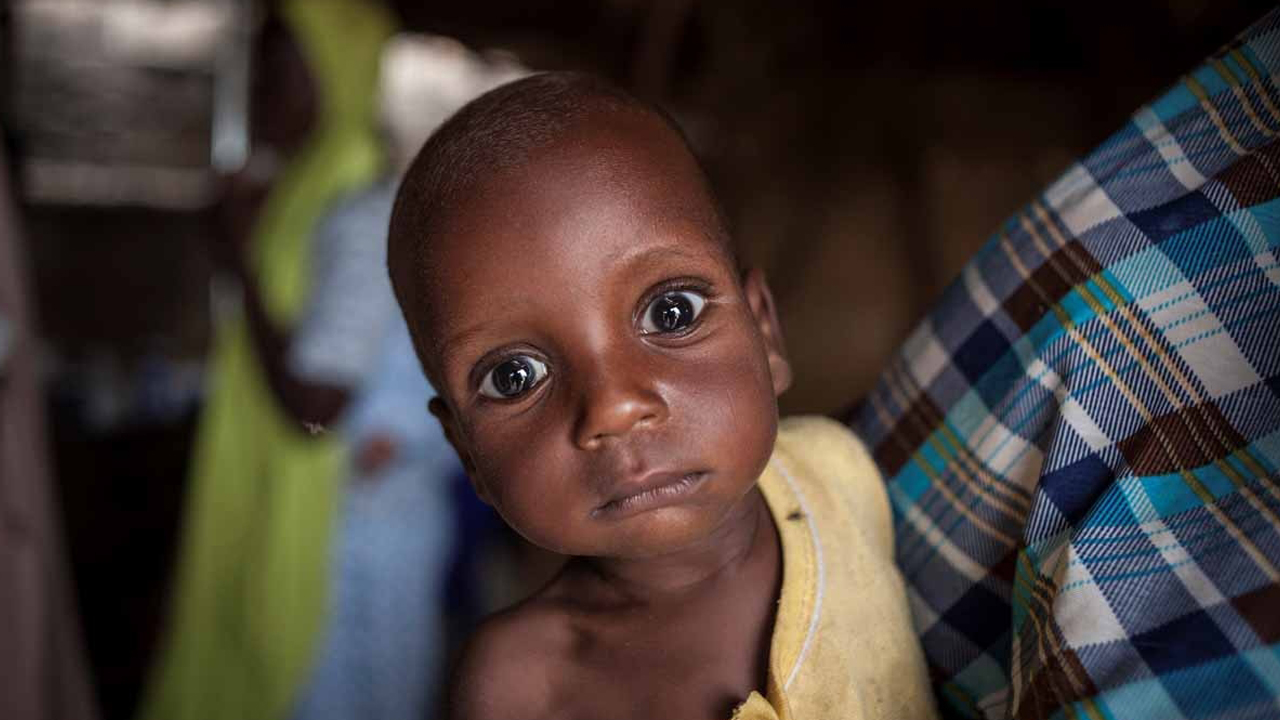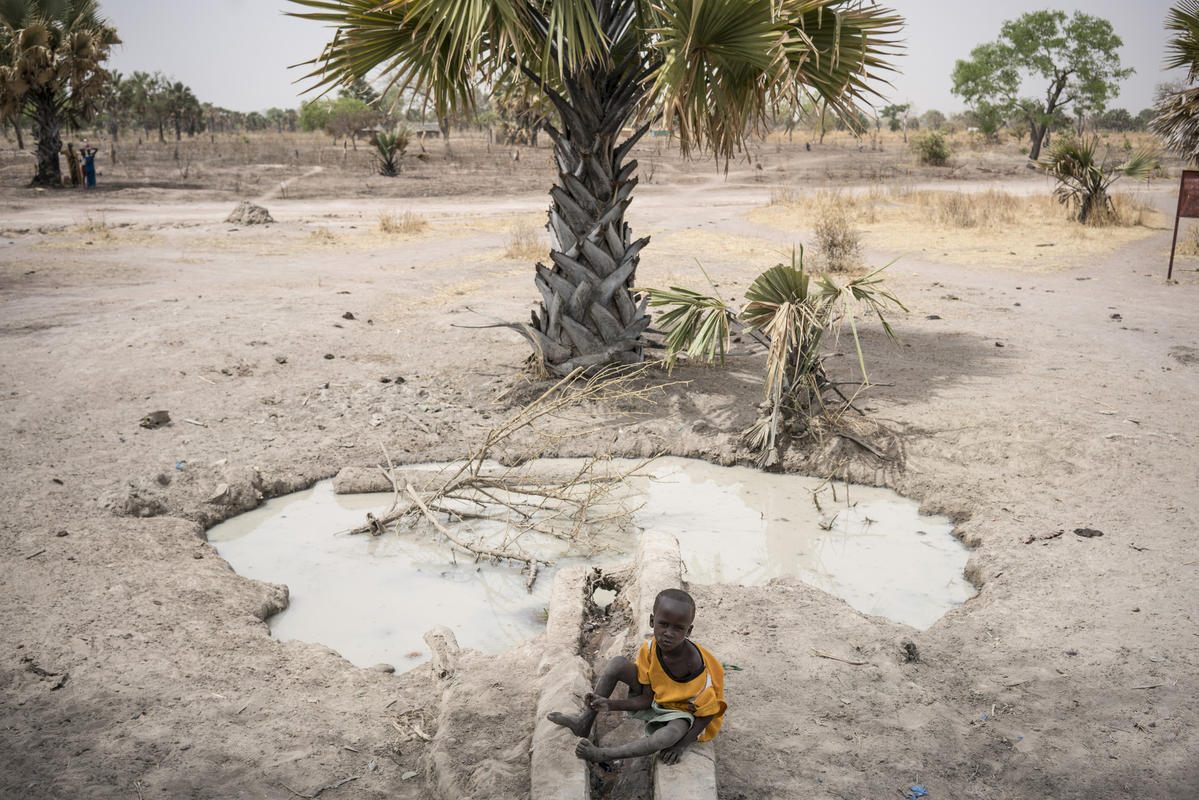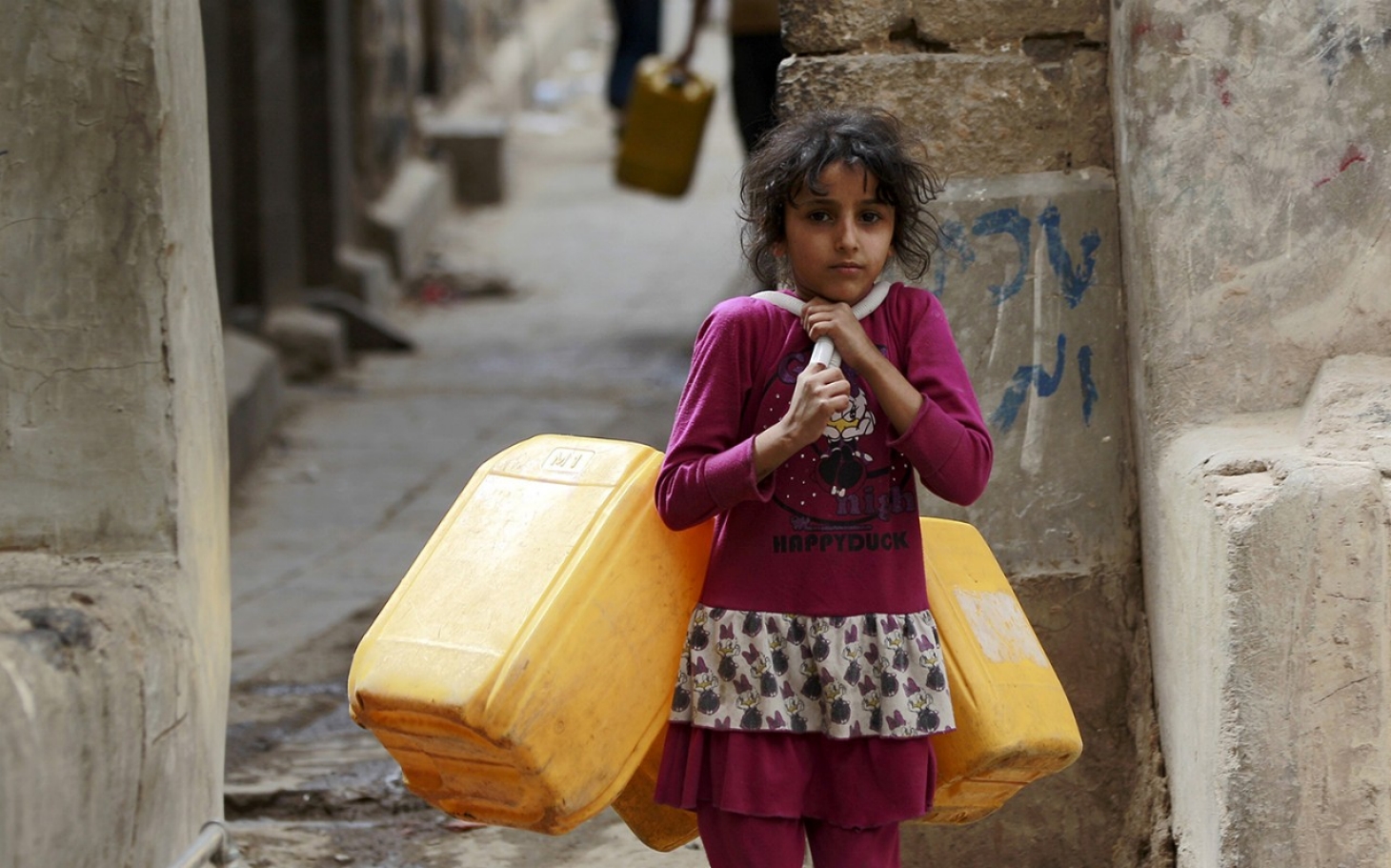Life as they know it has changed for millions of Nigerians affected by the 2022 flooding crisis. Over 600 people are dead and more than 1.4 million people are currently displaced all over the country. The floods have caused untold hardship for many victims who are now dealing with poverty, and lack of shelter, amongst many others.
But now, things are taking a turn for the worse as their medical well-being is also at stake. On October 21, the United Nations Children’s Fund (UNICEF) issued a warning that 2.5 million people in Nigeria are at high risk of waterborne illnesses, drowning, and hunger.
[Image Source: Todayfmlive]
To have a deeper understanding of how serious the situation is, we spoke with a 66-year-old farmer, Ngozi Igwe, who was displaced by the floods in Omoku, Rivers State. She’s suffering from three illnesses — scabies, malaria, and typhoid — but is receiving little to no medical treatment. She told Citizen her story.
What was life like for you before the flood?
I was very happy about the rainy season because my crops — yam and cassava — weren’t doing so well for some time, and I thought the rain would help them grow faster. I didn’t know that floods would be the result of that kind of rain. Even though I didn’t have a lot of money, at least, life was better.
ALSO READ: From Homeowner to Homeless — Nigerians Speak On Flood Crisis
What’s it like living in an Internally Displaced Persons (IDP) camp?
It’s not been a joke at all. I’m not living well here. There’s no mosquito net and no mattress for me to sleep on. There’s no night that mosquitoes don’t bite me — they’ve finished my skin completely. I can’t sleep and my body is always hot. The sickness is too much.
And it’s not only me. I made a friend here, Peace, who’s suffering from severe typhoid, with constant body pains for five days. Even the little treatment she’s receiving here is not working.
How long have you been feeling ill?
I’ve been here since the beginning of September, so maybe six weeks.
Have you received any type of medical treatment?
We have o, but it’s not enough. It’s not even doctors treating us here, it’s pharmacists. Imagine o, one person has scabies, malaria, and typhoid, but no doctors are here to treat me.
The queues to receive the drugs are always long and you can stand for hours. They’re trying o but I wish I could see a proper doctor that can treat me better and give me drugs that can work fast. I have grandchildren that I would like to see grow up a bit before I die.
Who’s helping victims of the flood?
A resident of Rivers State and entrepreneur, Gloria Adie, popularly known as @MrsZanga on Twitter, has been spreading awareness about the flood crisis in parts of Rivers State. She told Citizen there were hardly any doctors in the Omoku region before the floods. Most of the available doctors work in government-run IDP camps and are hardly found in privately-run camps like the one Igwe stays in.
Adie also claimed that most of the hospitals in the area aren’t useful as the floods have submerged them and damaged medical equipment.
Zikoko Citizen tried to reach out to the pharmacist in charge of the camp, Peter Ologu, but he wasn’t available for comments.
Where’s the government?
The Federal Government has distributed relief materials to 21 states across Nigeria, but Rivers State is one of the 15 states still waiting for delivery. The state government has supported victims with a ₦1 billion donation to provide relief materials but enough hasn’t gone around for them.
There has been no official mention of hospitals affected by the state government, but the Nigerian Navy has provided medical personnel to victims in Ahoada, Omoku, and Port Harcourt.
Like Igwe, Nigerians displaced by the flood are battling diseases, hunger, and severe displacement. The government needs to be more efficient in providing relief for them.
ALSO READ: How Is Nigeria Responding to Its Worst Flooding Crisis



